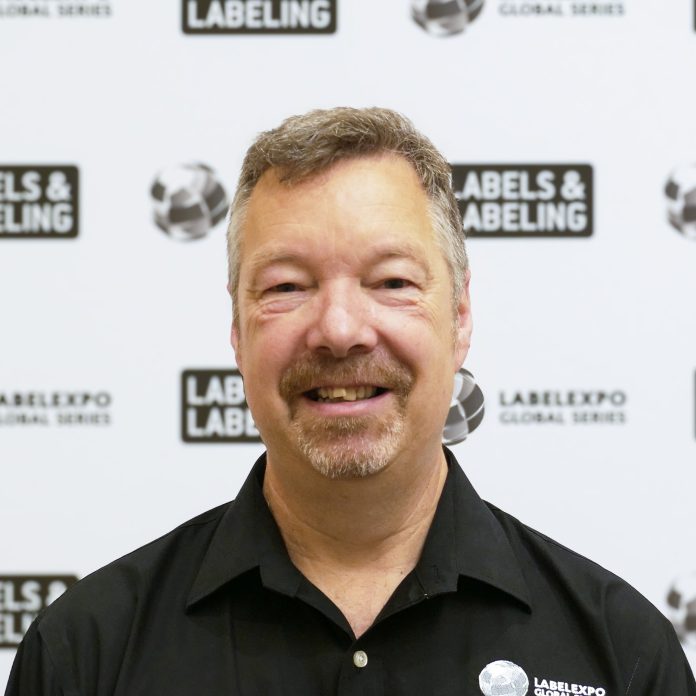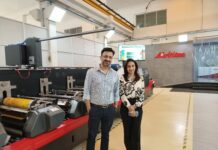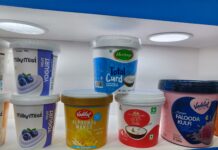In an exclusive interaction with Packaging South Asia, Andy Thomas-Emans, strategic director of the Labelexpo Global series speaks about the growing Indian presence at global Labelexpo events. Particularly in the flexo, digital, and label materials categories, India has the potential to be the highest-growth label and packaging market in the world because of the sheer size of its population and the growing disposable income of the Indian middle class, he says.
“On the materials side, the pioneers are Weldon Celloplast, which was later joined by companies such as SMI and UFlex. On the flexo side, we have seen increasing sophistication from Indian press manufacturers along with increasing reach-out to global markets, notably Multitech, UV Graphic, AKO, NBG Printographic Machinery, and Webtech. Multitech has now set up a European operation run by one of its converter customers,” Emans says.
“In digital, Monotech Systems is a developer of UV inkjet presses, with a long history of exhibiting its machines at global Labelexpo events,” he adds.
India is unique in driving the growth of the labels and packaging industry from its resources. Indian consumers buy mainly Indian brands (or well-known single global brands such as Dove) serviced by mid-sized local label converting companies. This provides the resilience and root strength of the label market growth in India.
However, what’s holding India back to an extent is the fragmented retail structure, he says. There is a huge informal retail sector and a limited presence of global retail giants and their global supply chains in India. This has kept major global label converting groups from operating, although European groups such as Skanem and Reynders have established successful local operations.”
In the market sectors targeted by Indian flexo and digital press manufacturers, there is a narrower technology gap than at any time over the last decade with the increasing use of servo drives and process automation.
According to Emans, Indian expertise in software development and AI will be a key driving force in the future development of automated end-to-end label-converting workflows. “In terms of materials, Indian companies such as UFlex are among the world-leading developers of filmic label and packaging technologies. It is also significant that there has been considerable cross-technology exchange between Indian and global manufacturers through projects such as the Jindal acquisition of SMI, Nilpeter building its global FB flexo press line in India, and Henkel expanding its Indian footprint with its latest manufacturing facility serving the growing demand of Indian market.”
He says this gap is shrinking as international manufacturers such as Tecnocut show strong interest in the Indian market and appoint agents in the region. Increasingly automated flexo press technology is still the center stage for label converters, along with the latest developments in digital press technology. “We have not seen so much interest in hybrid inkjet-flexo technology in India, though this may change. Converters are also interested in digital embellishment technology and how this might integrate into their existing operations,” he adds.
On sustainability, he said the focus is sharpening due to an increasing flurry of Indian legislation on sustainability – for example, the ban on many categories of single-use plastics. Where global brands operate in India, there are existing sustainability mandates, and the vibrant Indian ‘craft’ start-up sector, which targets socially conscious younger consumers, is also building sustainability into its packaging designs.
“Pressures are coming through the supply chain that ultimately will impact label converters, for example, in their choice of FSC (sustainable forestry) materials and a potential move to lower energy LED curing systems, reducing overall carbon footprint,” he concludes.












